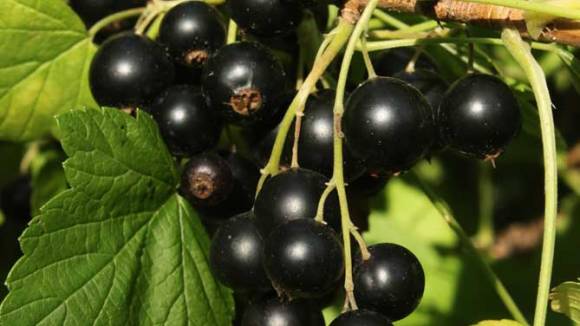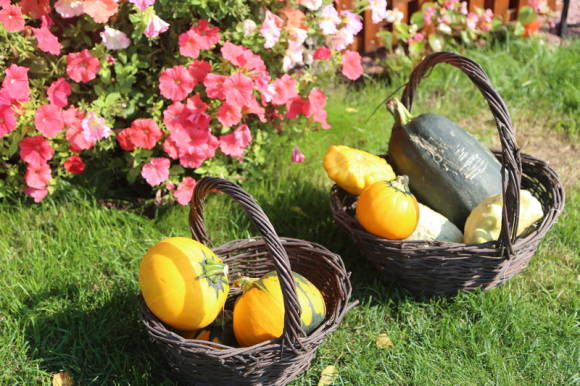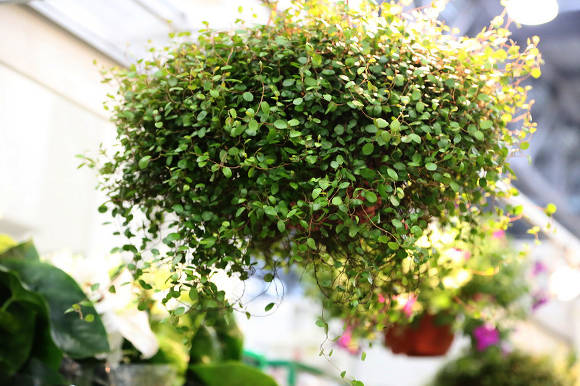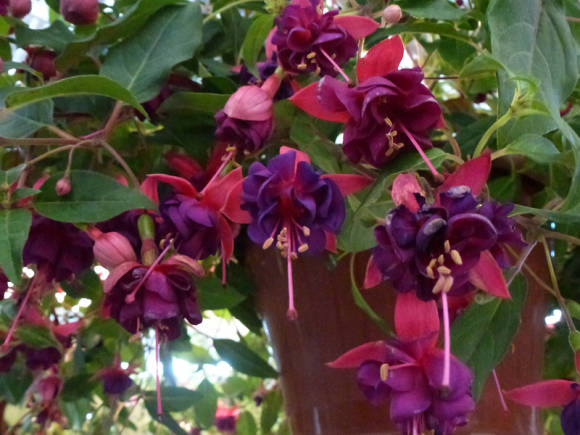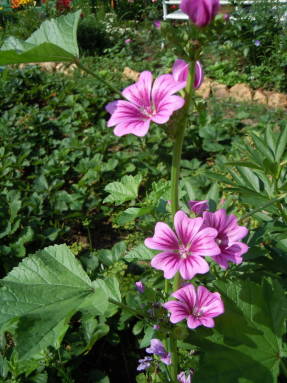
Forest mallow (MalvasylvestrisL., syn. M. ambigua, M. elata, M. erecta, M. glabra, M. obtuse, M. ruderalis) from the Malvovye family - an annual herb up to 1.2 m high with an erect stem. Leaves are alternate, round, palmate. The flowers are large, with a calyx and sub-leaflets. Petals are bright pink with longitudinal dark stripes, notched at the apex. Numerous stamens have grown into a tube. Blooms from July to September. The seeds ripen unevenly, from August to frost. The puck-shaped fruit splits into 9-11 seeds.
Widely distributed in Western Europe, throughout the European part of Russia, in Siberia, North Africa, Western and Central Asia, the Mediterranean.
Forest mallow has a very long flowering period, after cutting it grows back and continues to bloom. You can place a plant in a mixborder, on a flower bed or on a rabat. In addition, the plant is relatively early ripening, if seedlings have not appeared somewhere, you can use this territory for mallow. It is not too late to sow it even at the beginning of June.
Quite a lot of decorative varieties have been bred :: 'Alba', 'Annita', 'Aurora', 'Bardsey Blue', 'Blue Fountain', 'Brave Heart', 'Cottenham Blue', 'Gibbortello', 'Harry Hay', 'Highnam ',' Inky Stripe ',' Knockout ',' Magic Hollyhock ',' Mest ',' Mystic Merlin ',' Perry's Blue ',' Purple Satin ',' Richard Perry ',' Tournai ',' Windsor Castle ',' Zebrina 'and' Zebrina Zebra Magis'.
Growing and breeding mallow
Mallow propagates by seeds. Seeds germinate well without pre-sowing preparation. Seedlings appear 12-14 days after sowing. Cold-resistant, in the phase of seedlings withstands frosts up to -2-3 ° C. The temperature for seed germination is + 8 + 10 ° C, the optimum temperature for germination is + 18 + 20 ° C. Short day plant. The first 40-60 days after sowing develops very slowly. Then growth accelerates. Mass flowering is observed after 65-70 days. The growing season lasts 110-140 days.
A site with a soil of medium texture and a neutral or slightly acidic reaction of the medium is preferable.
The soil is dug up in the fall and organic and mineral fertilizers are applied. Mallow is sown in early spring. The distance between the rows is 45-60 cm, the seeding depth is 2-3 cm.
Care includes weeding and loosening. Very dense seedlings can be thinned out.
Considering that mallow is an annual plant, it is necessary to leave 3-4 copies for seeds annually. They are cut when the lower seeds on the shoot are ripe. They should not be allowed to shatter. Mallow actively spreads and turns into a malicious weed.
Healing properties of mallow

In medicine, the herb cut during flowering is used. Raw materials are cut at the beginning of flowering at a height of 15-30 cm (along the border of leaf dying off). Cut into pieces and dry at 40-50 ° C. In the southern regions, and in favorable years and in the Non-Chernozem zone, you can have time to cut the raw material twice.
The flowers are harvested when they have not yet blossomed, but are already intensely colored.
The herb contains polysaccharides (9-12%), carotene (12 mg%), alkaloids, flavonoids, tannins, fatty acids (malvic and sterculous). In the leaves, the polysaccharide content can reach 20%, in addition, vitamin C and carotenoids are present.
The flowers contain the coloring anthocyanins malvin and malvidin, which are valuable food colorants that change their color depending on the acidity of the environment. The seeds contain up to 18% fatty oil.
In ancient Greece, mallow was used for treatment from the 7th-8th centuries BC. It belongs to the group of the oldest useful plants in Europe. The Pythagoreans used mallow as a medicinal plant for bowel diseases and burns. In ancient times, mallow was used for gynecological diseases, and the decoction was also used for poisoning as an antidote. Pliny believed so much in these properties of mallow that he believed that if you put a leaf on a scorpion, he would die. In addition, mallow was used for childbirth. And in Hungary and Romania, until the 19th century, it was believed that the roots of this plant have an abortive effect.So prejudices are hardy.
Mallow herb preparations have a bronchodilator, enveloping, anti-inflammatory, mild laxative effect. Infusion of herbs is prescribed for diseases of the upper respiratory tract, especially dry barking cough. This plant can be used for a very long time. Mallow infusion is used for inflammation of the gastric tract, colitis, enteritis, enterocolitis. For diseases of the mouth and throat, it is used as a gargle. Outwardly used for compresses for boils, poorly healing wounds, eczema and dermatoses, and for hemorrhoids in the form of sitz baths. For diseases of the spleen, baths of mallow grass, Chernobyl, oats, chamomile flowers are recommended. In Morocco, it is used for poultices for bee stings.
In addition to all of the above, mucopolysaccharides, which include forest mallow polysaccharides, have immunostimulating and phagocytic activity. According to some reports, they have a hypoglycemic effect (reduce blood sugar).
It is used as a substitute for medicinal marshmallow (Althaeaeofficinalis).
Mallow infusion prepared from 1 tablespoon of herbs, leaves or flowers and 1 cup boiling water. Insist in a sealed container for 20-30 minutes and take 1/2 cup 3 times a day.
You can cook cold infusion: 1 tablespoon of leaves is poured with a glass of cold boiled water and insisted for 6-7 hours. Strain, warm up and take 1/2 cup each.
Outwardly, the infusion is used for erysipelas and burns.
Another species of mallow used is the annual mallow unnoticed, or scornful (Malva neglecta Wallt. syn. M. rotundifolia). Distributed in the temperate and subtropical zone of both hemispheres. Leaves of this species contain vitamin C, flowers - tannins. The plant is characterized by an increased capacity for high accumulation of nitrates. Therefore, when growing it as a vegetable crop, nitrogen fertilization should be avoided.
In cooking, mallow is used as a salad culture, as a side dish and for making soups. When boiled, the leaves acquire a slimy consistency and a nutty flavor. It is used as a dietary product for diseases of the gastrointestinal tract, has a strong antioxidant effect. The seeds have a cheesy flavor and can be added as a seasoning.
Cooking recipes:
- Vegetable puree soup with mallow leaves (mallow)
- Pickled leaves or mallow fruit
- Okroshka with mallow and radish
- Herbal caviar from mallow, sorrel and nettle
- Meat salad with potatoes and mallow fruits
- Fish salad with mallow (mallow)
- Sandwiches with feta cheese and quinoa or mallow leaves
- Baked eggs with herbs
- Green rolls
